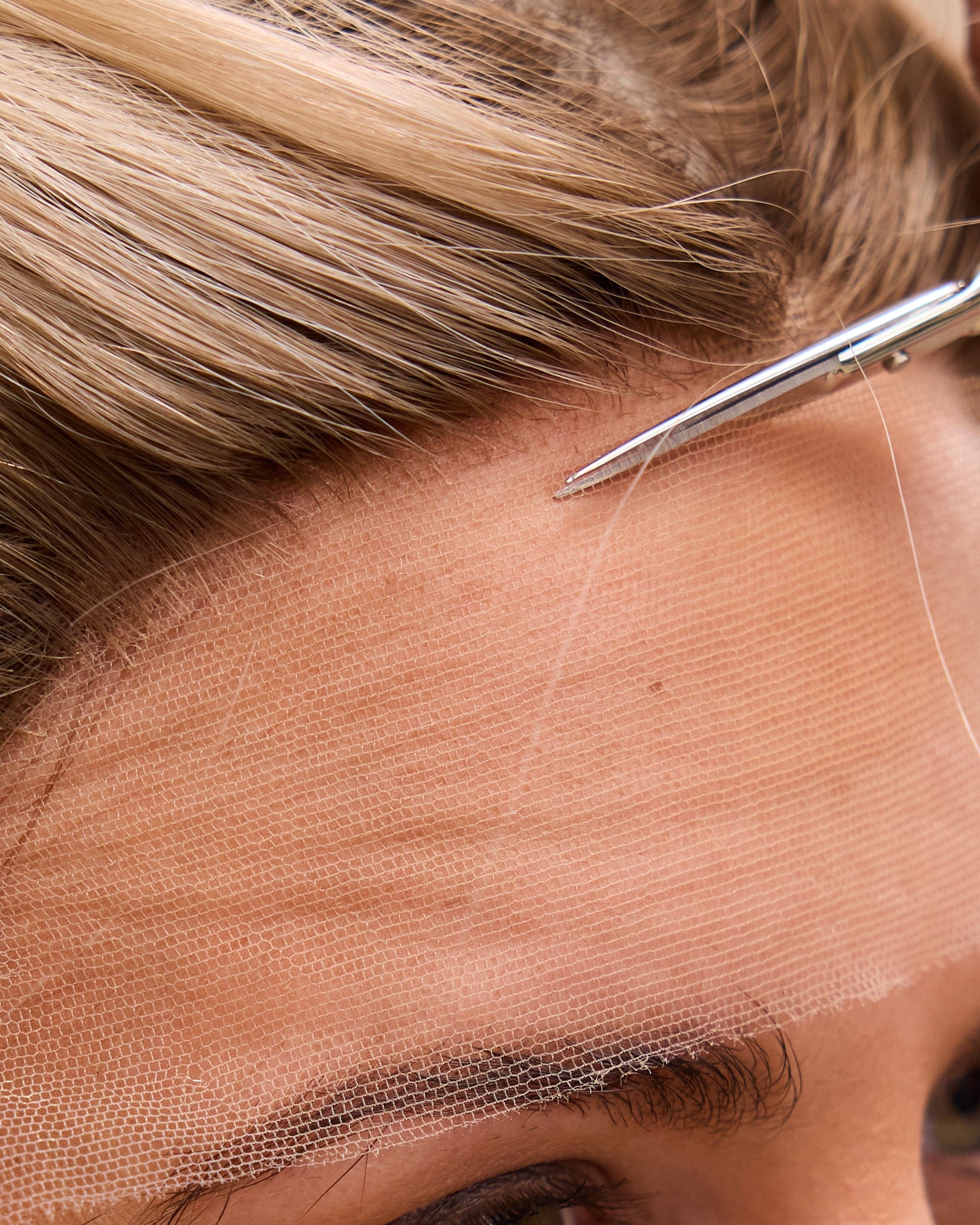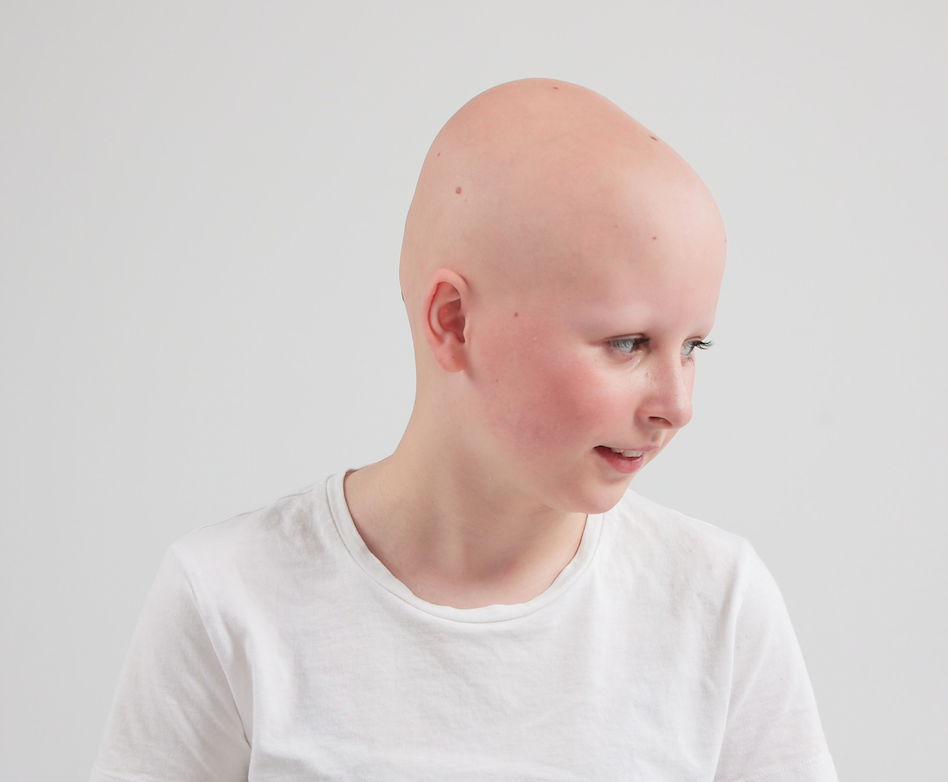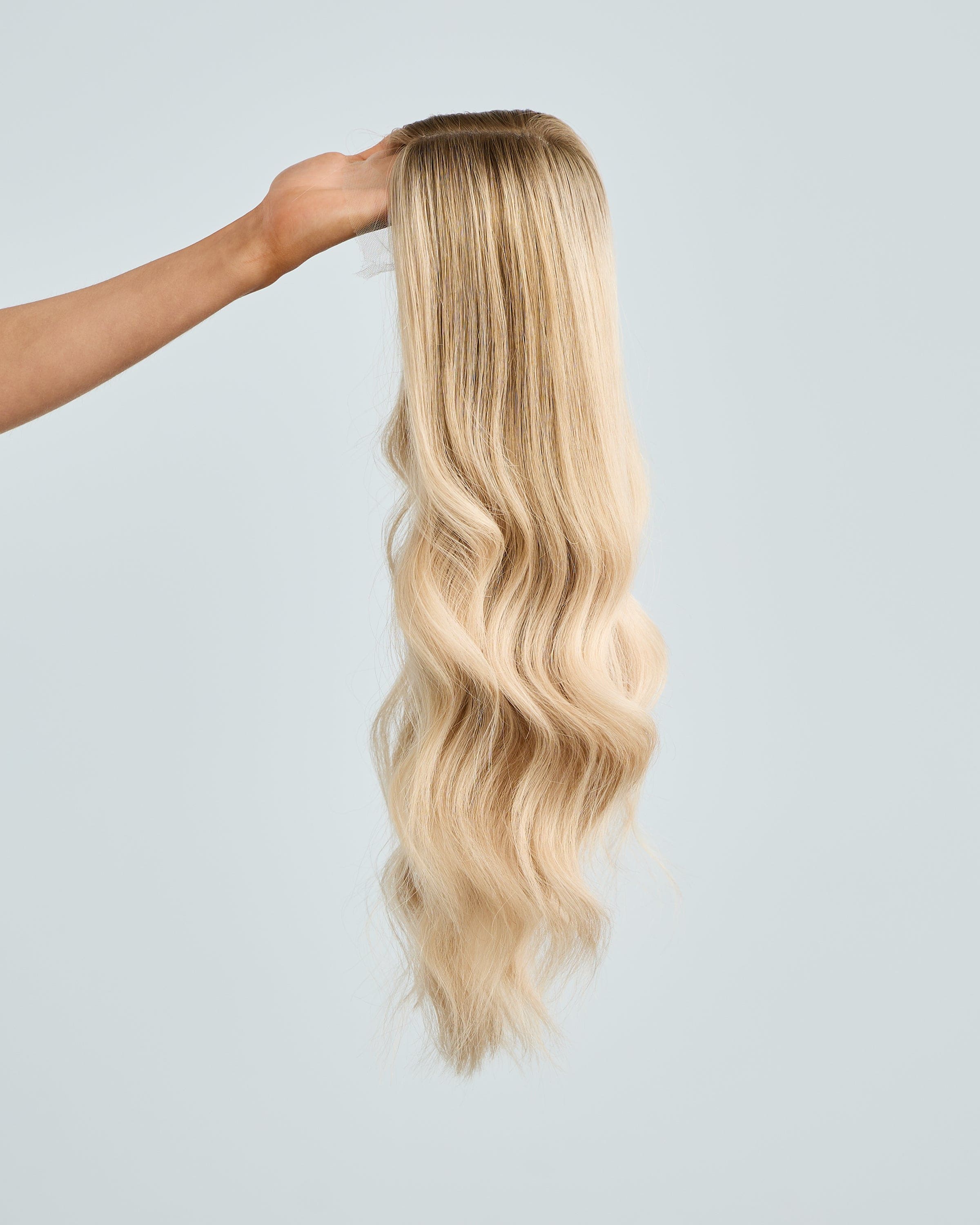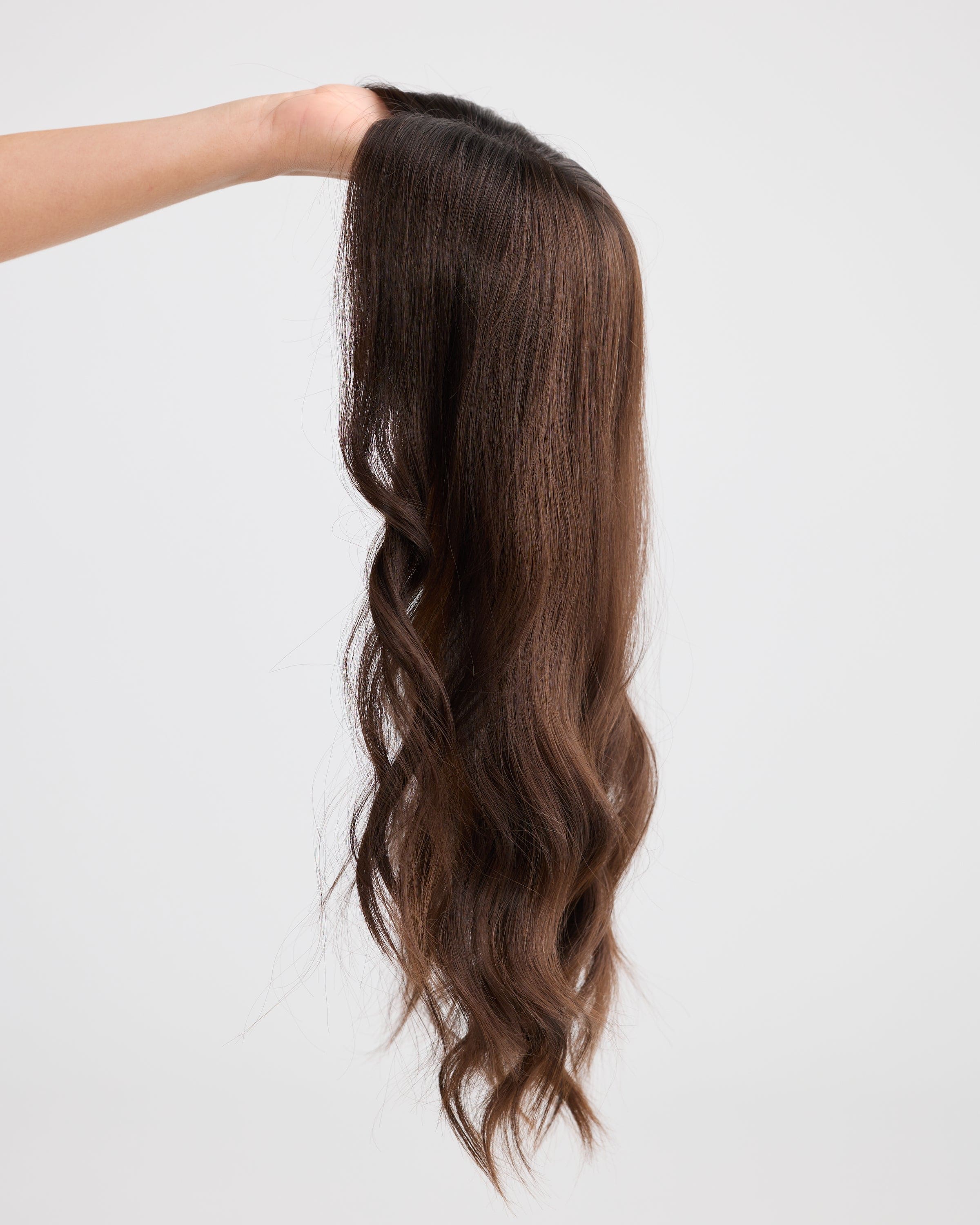If you are experiencing hair loss you might be questioning what type of hair loss you are experiencing. Is it genetic? Are you looking after your hair correctly? Am I the target of destructive inflammation? The questions may feel endless but an ideal place to start is to identify if you are experiencing scarring or non-scarring hair loss.
How can the difference be determined?
The difference comes down to the root of the problem - literally. The location of the damage to the hair follicles can determine if you have scarring or non-scarring alopecia. This is usually determined by a healthcare professional such as your dermatologist! (I suggest ensuring whoever you choose is well-experienced in all things hair).
Damage linked to scarring alopecia is found around the bulge located in the middle of a hair follicle. The bulge is a very important part of the hair follicle. So what is so important about the bulge? It contains the stem cells and oil glands required for healthy hair growth. Having it damaged or destroyed can result in scar tissue to grow (fibrosis) and prevent the hair from regenerating. Hair loss or prevention of hair growth can also be due to the opening in your skin where your follicles reside being closed. It is unlikely to have hair re-growth with scarring alopecia.
Ok let's talk non-scarring alopecia. Unlike scarring alopecia, the damage is found in the bulb (or base) of your hair follicle and does not affect the all important bulge! The bulb is basically the root of your hair and often roots can grow back -great news. Non-scarring alopecia also does not affect the openings in your skin where your hair follicles reside - meaning there is still the possibility of re-growth.
Let's discuss further - scarring alopecia
Scarring alopecia is A LOT less common than non-scarring alopecia. When we get down to the nitty-gritty it has been found that only about 7% of people who visit their health practitioners in regards to hair loss are diagnosed with scarring alopecia. In comparison, non-scarring alopecia is experienced by 50-75% of all adults who visit their health practitioners in regards to hair loss.
It can be brought on by rare genetic disorders where your fair follicles become the target of a super destructive inflammatory process. This can lead to hair loss on the crown of your head and may often spread. Is it a quick process? Totally dependent.
What about non-scarring alopecia?
Non-scarring alopecia is a lot more common than scarring alopecia as it covers multiple types of hair loss where damage to the bulb has occurred. Some types of non-scarring alopecia may be androgenic alopecia, telogen effluvium, trichotillomana, and traction alopecia. Some of the symptoms are hard to avoid, but with types such as traction alopecia there is a chance to reduce the symptoms!
Traction alopecia can be caused by extreme tension and pulling on you hair. Do you love to wear your hair up in a tight, sleek ponytail or do feel like the clips on your piece are causing you pain? I suggest giving yourself a little break from all of that tension (and maybe upgrade your clips!).
If you are already wearing a piece or love wearing your hair up then I suggest ensuring that you are not causing any further tension! My tips?
- Make sure your clips are soft and supportive (just like the Lusta Pressure Sensitive Clips)
- Ensure that your clips are located away from your sensitive areas - I do not want you to be compromising your hair!
- Wear your hair in low ponytails
- Buy a scrunchie! So much kinder to your hair than a regular hair tie
- Give yourself a little break - you deserve it girl.
Hair loss can be overwhelming, especially when you are still finding your way! Take a breath. If you have any questions regarding your type of hair loss - contact your health practitioner. In the meantime, do not fear because Lusta is here and ready to help you! We've got you, girl.


















